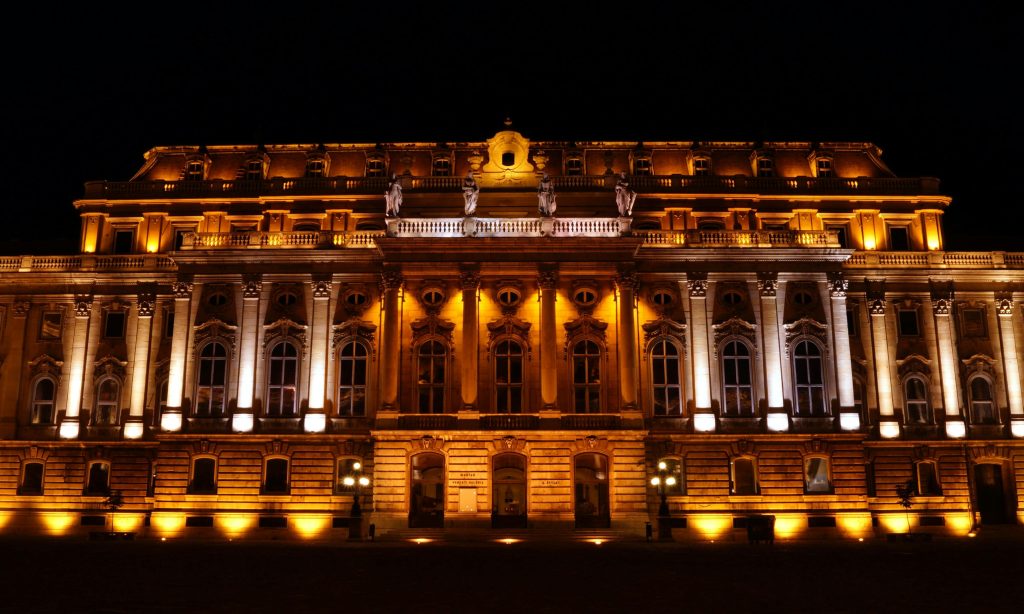Table of Contents
Lighting is a fundamental aspect of interior design and architecture, shaping the ambiance and functionality of spaces. With technological advancements and a growing emphasis on sustainability, new lighting techniques have emerged, offering innovative ways to illuminate environments. This article delves into some of the latest lighting techniques, exploring their applications, benefits, and the future of lighting design.

The Evolution of Lighting
The journey of lighting has evolved from simple fire-based sources to advanced electric systems. The invention of the incandescent bulb by Thomas Edison in the late 19th century revolutionized lighting, making it accessible and practical. The 20th century saw the development of fluorescent and halogen lights, which improved efficiency and longevity.
In recent years, the advent of LED (Light Emitting Diode) technology has transformed the lighting industry. LEDs are energy-efficient, long-lasting, and versatile, making them a popular choice for various applications. As LED technology continues to advance, new lighting techniques are being developed to enhance both residential and commercial spaces.
Dynamic and Smart Lighting
One of the most significant advancements in lighting technology is the development of dynamic and smart lighting systems. These systems allow users to control the intensity, color, and timing of light, creating customizable lighting environments. Here are some key features:
- Color Temperature Adjustment: Modern lighting systems can adjust the color temperature of light, ranging from warm, cozy hues to cool, energizing tones. This flexibility allows for the creation of different moods and atmospheres in a space.
- Circadian Lighting: This technique mimics natural daylight patterns, supporting the body&8217;s circadian rhythm. By adjusting the light intensity and color throughout the day, circadian lighting can enhance well-being and productivity, particularly in workplaces and healthcare settings.
- Smart Control: With the integration of smart home technology, lighting systems can be controlled remotely via smartphones or voice-activated assistants. Users can schedule lighting changes, set up automation, and even sync lights with music or other devices.

Human-Centric Lighting
Human-centric lighting (HCL) is a design approach that considers the impact of light on human health and well-being. HCL systems are designed to enhance visual comfort, mood, and overall health by mimicking natural light. Key aspects of HCL include:
- Personalized Lighting: HCL systems can be customized to suit individual needs and preferences, providing optimal lighting conditions for different tasks and activities.
- Enhanced Visual Comfort: By reducing glare and ensuring uniform light distribution, HCL improves visual comfort, reducing eye strain and fatigue.
- Health Benefits: Exposure to the right light at the right time can regulate sleep patterns, boost mood, and improve cognitive function. HCL is particularly beneficial in environments where natural light is limited, such as offices, schools, and hospitals.
Sustainable Lighting Solutions
Sustainability is a growing concern in lighting design, leading to the development of eco-friendly lighting solutions. These techniques focus on reducing energy consumption and minimizing environmental impact. Key sustainable lighting practices include:
- LED Technology: LEDs are highly energy-efficient, using up to 80% less energy than traditional incandescent bulbs. They also have a longer lifespan, reducing the need for frequent replacements.
- Solar-Powered Lighting: Solar lighting harnesses the power of the sun to provide illumination. This technique is ideal for outdoor applications, such as streetlights, garden lights, and pathway lighting, offering a renewable and cost-effective lighting solution.
- Daylighting: This technique involves maximizing the use of natural light through architectural design and planning. Large windows, skylights, and light shelves can help reduce the need for artificial lighting during the day, cutting down energy consumption and creating a more pleasant indoor environment.

Artistic and Architectural Lighting
Lighting is also an essential tool for enhancing the aesthetic appeal of spaces. Artistic and architectural lighting techniques are used to highlight features, create focal points, and add a touch of drama to interiors and exteriors. Key techniques include:
- Accent Lighting: This technique involves focusing light on specific objects or areas, such as artwork, architectural details, or decorative elements. Accent lighting creates visual interest and draws attention to the highlighted features.
- Layered Lighting: Layered lighting combines different types of lighting—ambient, task, and accent—to create a balanced and versatile lighting scheme. This approach ensures that a space is well-lit for various activities while enhancing its aesthetic appeal.
- Light Sculptures: Light sculptures are artistic installations that use light as a primary medium. These installations can be used in public spaces, galleries, or even residential settings to create a unique and dynamic visual experience.
Conclusion
The evolution of lighting techniques has transformed the way we illuminate our spaces, offering new possibilities for functionality, aesthetics, and sustainability. From dynamic and smart lighting systems to human-centric and eco-friendly solutions, modern lighting design continues to push the boundaries of innovation. As technology advances and our understanding of light&8217;s impact on well-being deepens, the future of lighting promises to be even more exciting and transformative. Whether enhancing productivity, creating ambiance, or reducing environmental impact, the right lighting can make a significant difference in our lives.
